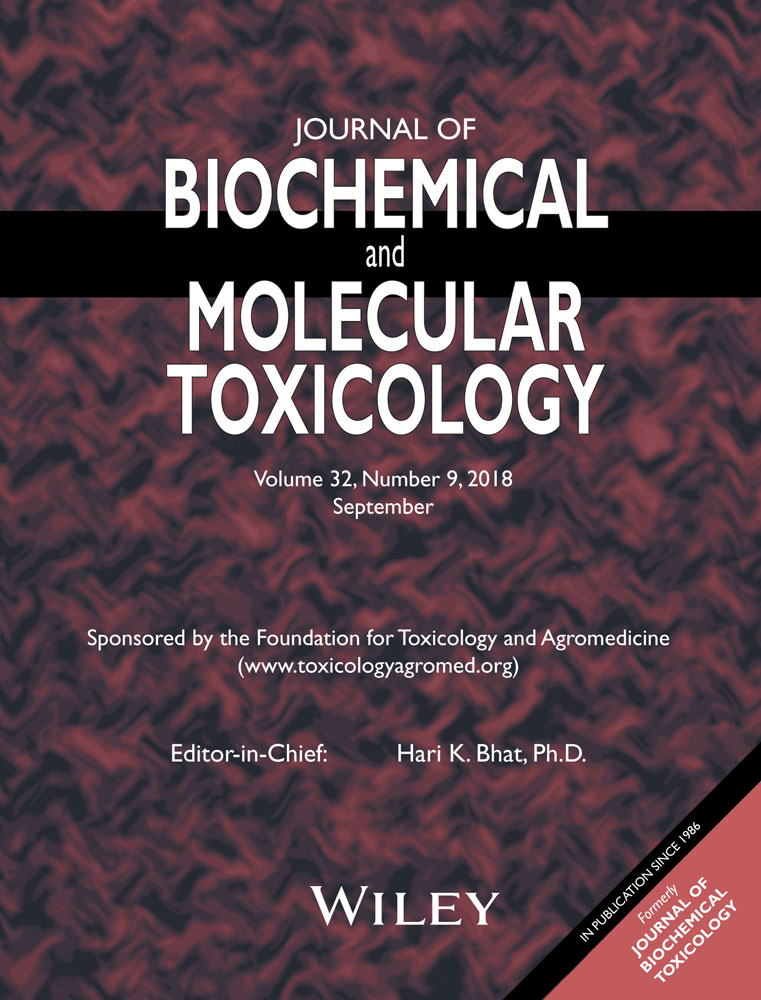Adverse effects on macrophage lipid transport and survival by high density lipoprotein from patients with coronary heart disease
Abstract
High density lipoprotein (HDL)–macrophage interactions have the potential to modulate macrophage function in a beneficial way to prevent the development of lipid-loaded foam cell formation in atherosclerosis. Although HDL is atheroprotective, it can become dysfunctional in chronic inflammatory conditions and increase cardiovascular risk. Here, we examined the effect of dysfunctional-HDL from patients with coronary artery disease, on macrophage function in comparison to functional-HDL from controls. Exposure of macrophages to dysfunctional-HDL for 24 h resulted significant increase in cellular oxidative stress, cholesterol, and cytotoxicity. It also stimulated mitochondrial membrane depolarization, DNA damage, apoptosis, and cleavage of poly (ADP-ribose) polymerase, which are characteristics of proapoptotic pathways. In contrast, functional-HDL treatment maintained cholesterol homeostasis, essential membrane potential, DNA integrity, and cell survival. These results demonstrate that HDL from coronary artery disease (CAD) patient promotes proatherogenic effects that in turn trigger macrophage apoptosis, an important feature in atherogenesis and thereby providing new insight in our understanding of the atherogenic mechanisms.




